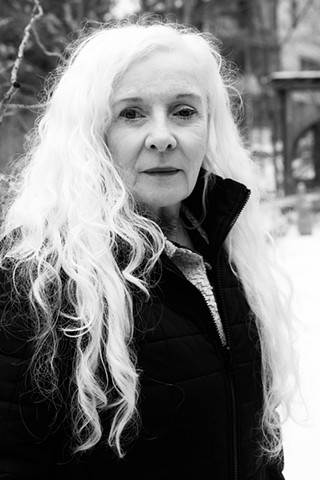Artist Statement

(Photo credit: Michelle Saffran 2019)
“In my films, I always wanted to make people see deeply. I don’t want to show things, but to give people the desire to see.”
Agnes Varda
My work is informed by a desire to see and to explore what seeing is. Art is a place to reckon with ourselves and our relationship to the world. Jasper Johns wrote, “Sometimes I see it and then paint it. Other times, I paint it and then see it. Both are impure situations, and I prefer neither.” As someone visually impaired since birth, I’m curious about the creative and interactive nature of seeing and making visible.
Art, for me, is in the service of an invitation to experience something both familiar and strange, both known and mysterious. I aim to embrace the tenacity and fragility of life. My aesthetic is rooted in the Japanese concept of Wabi-Sabi, honoring temporality, spontaneity, imperfection, and the bittersweet of memory. Toward that end, I use the loose shapes and lines drawn from the natural world. I work in layers, texture, build up, and pull back. Color and the music of color is always my guide.